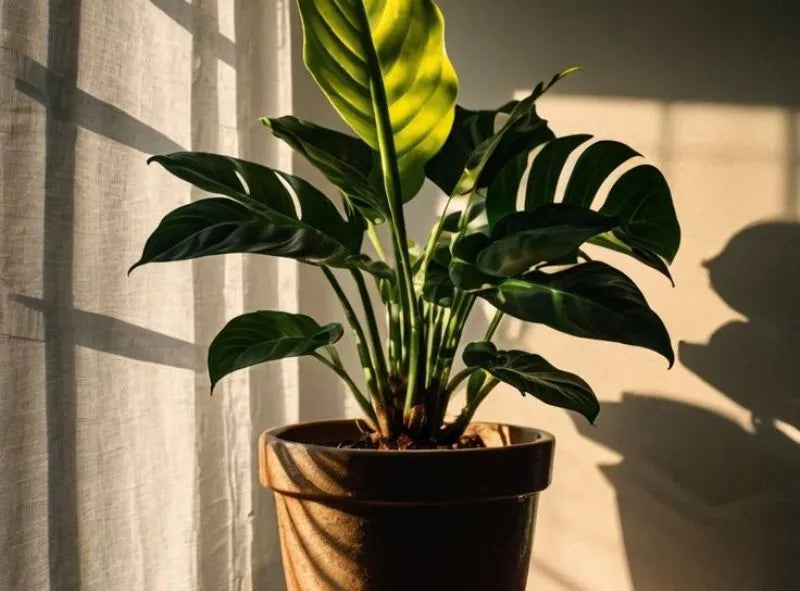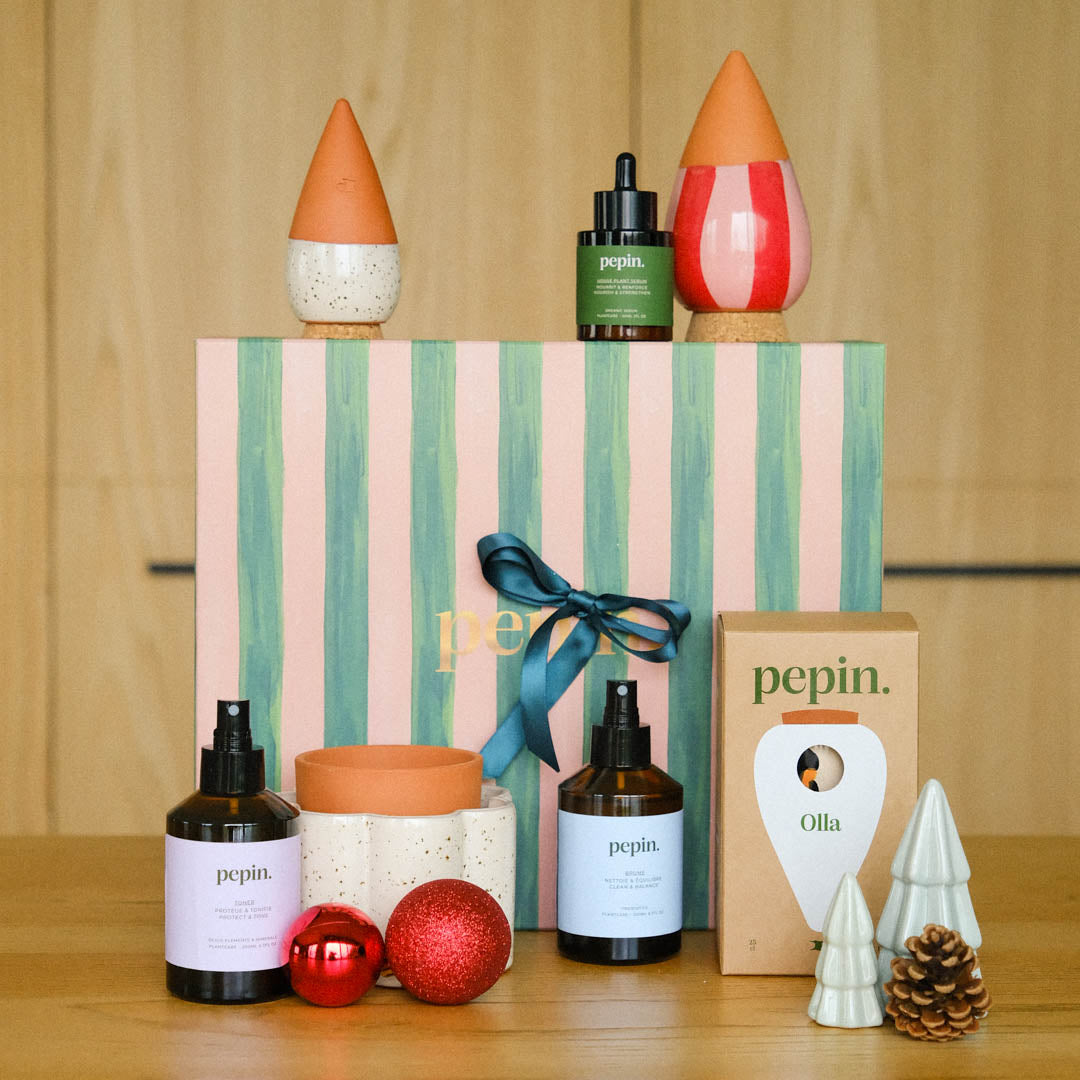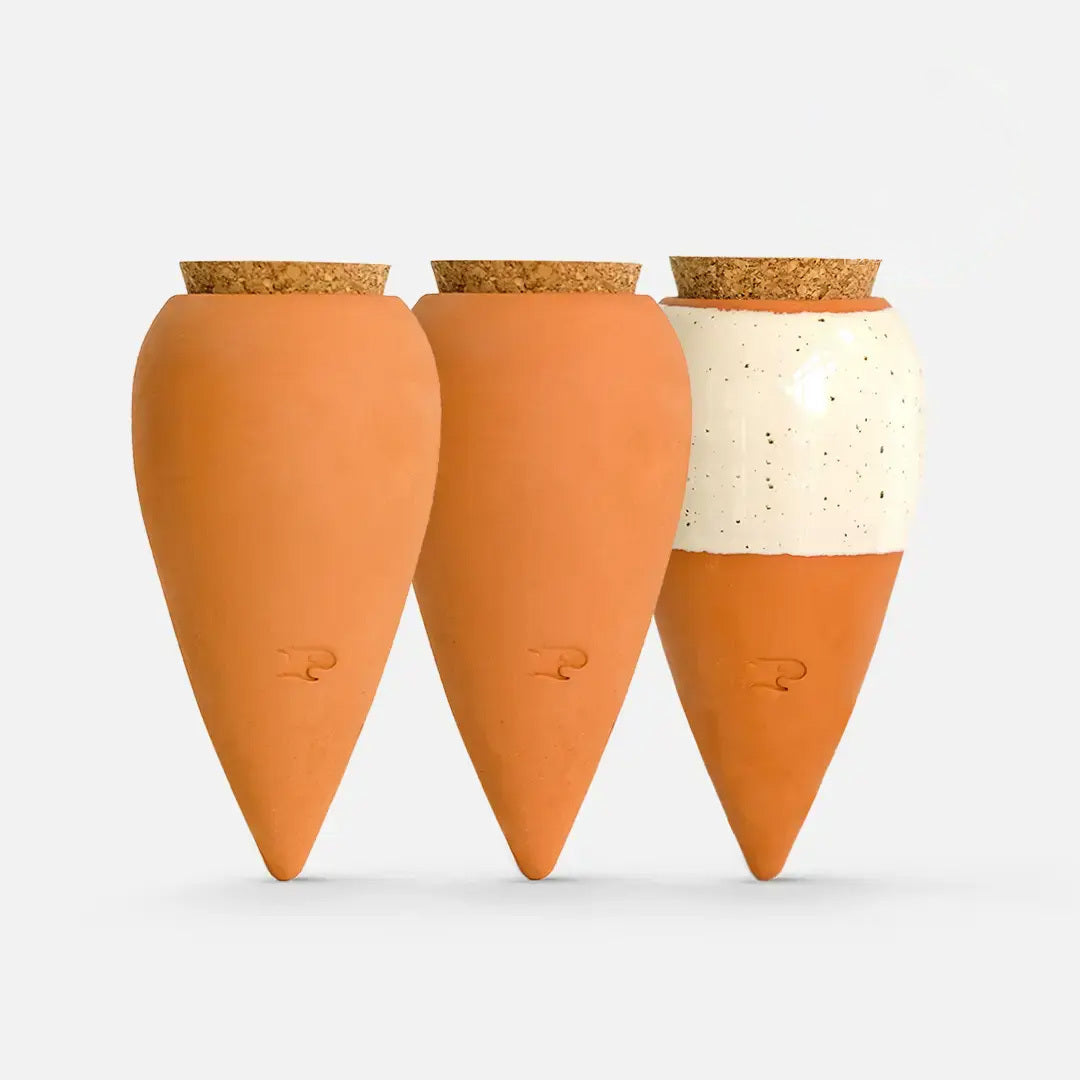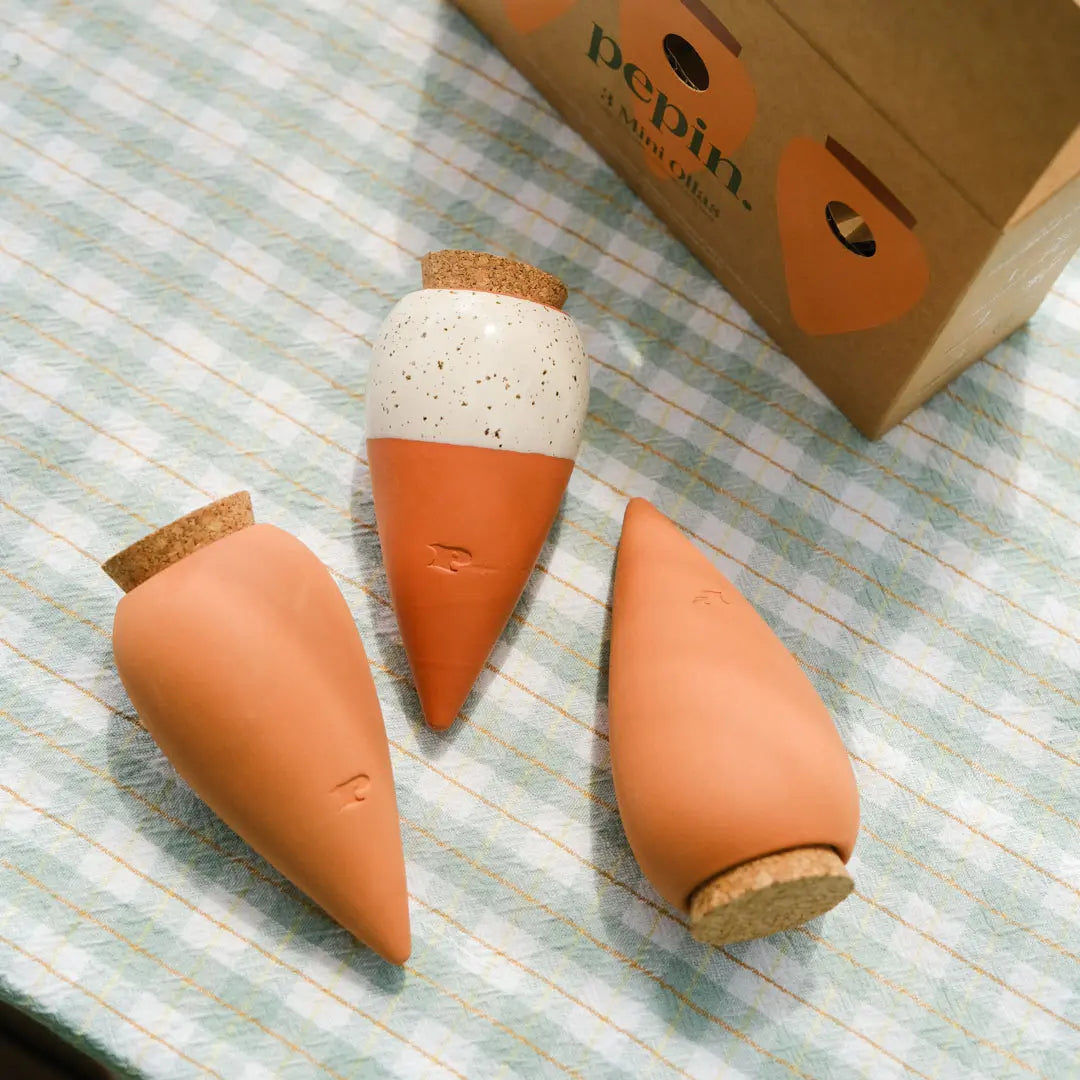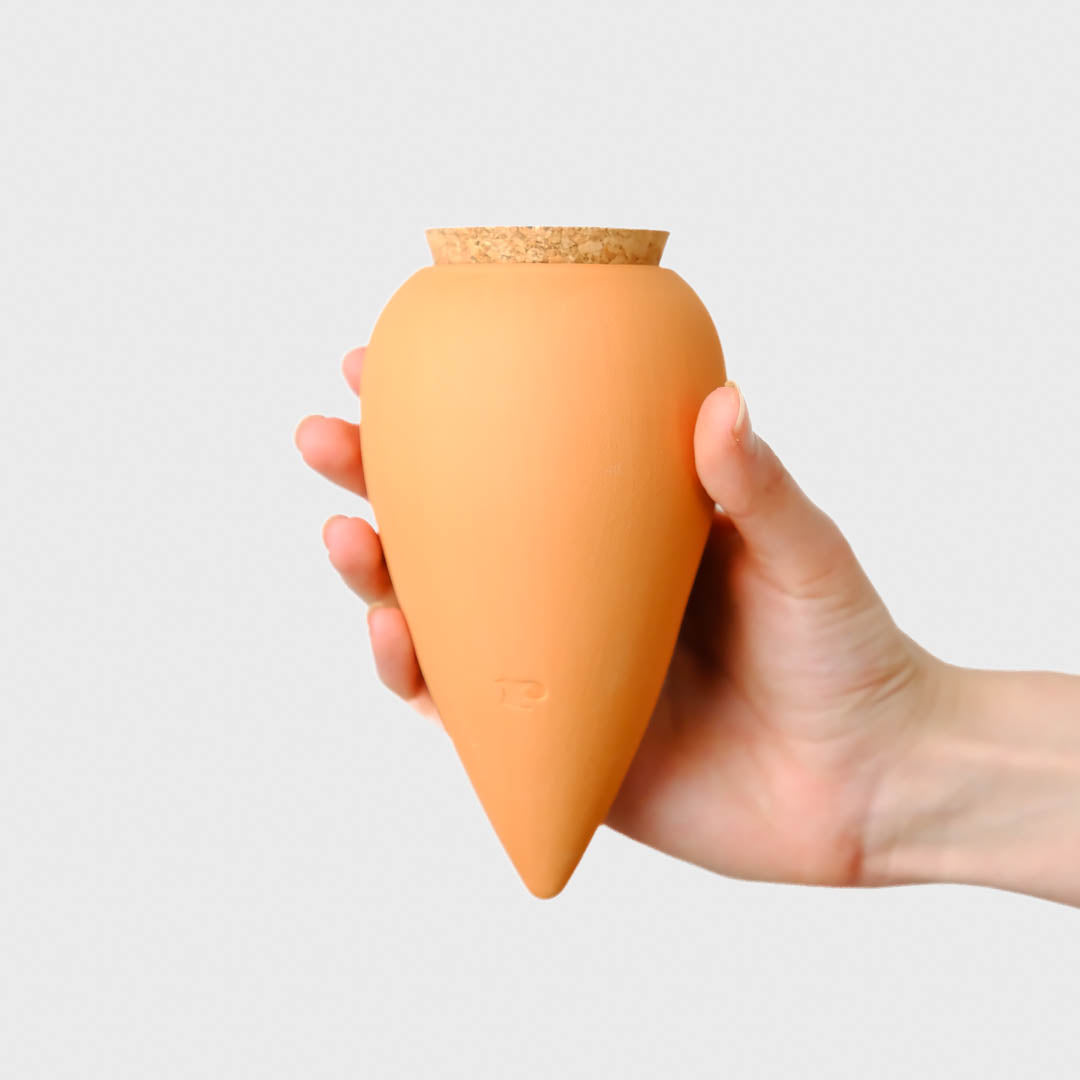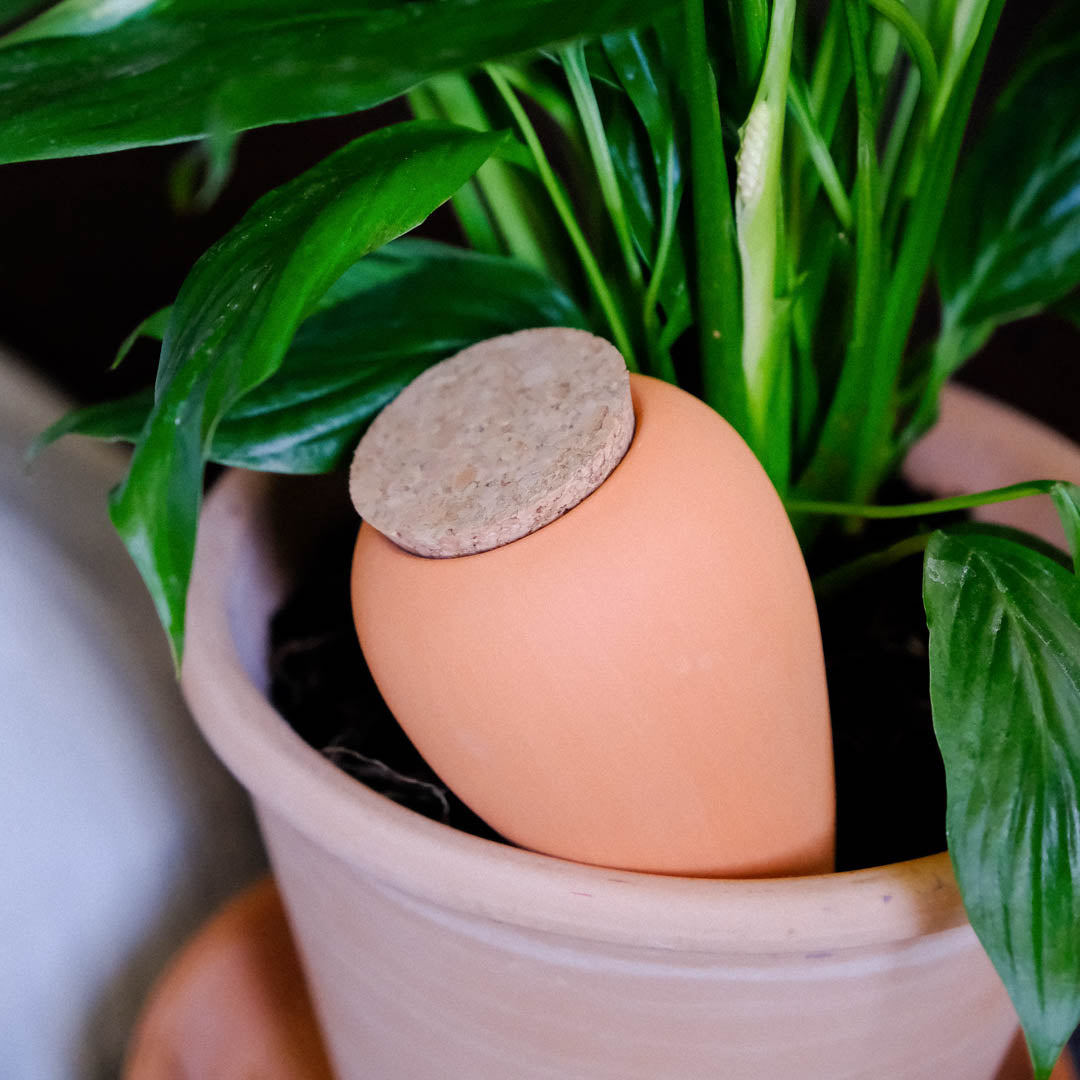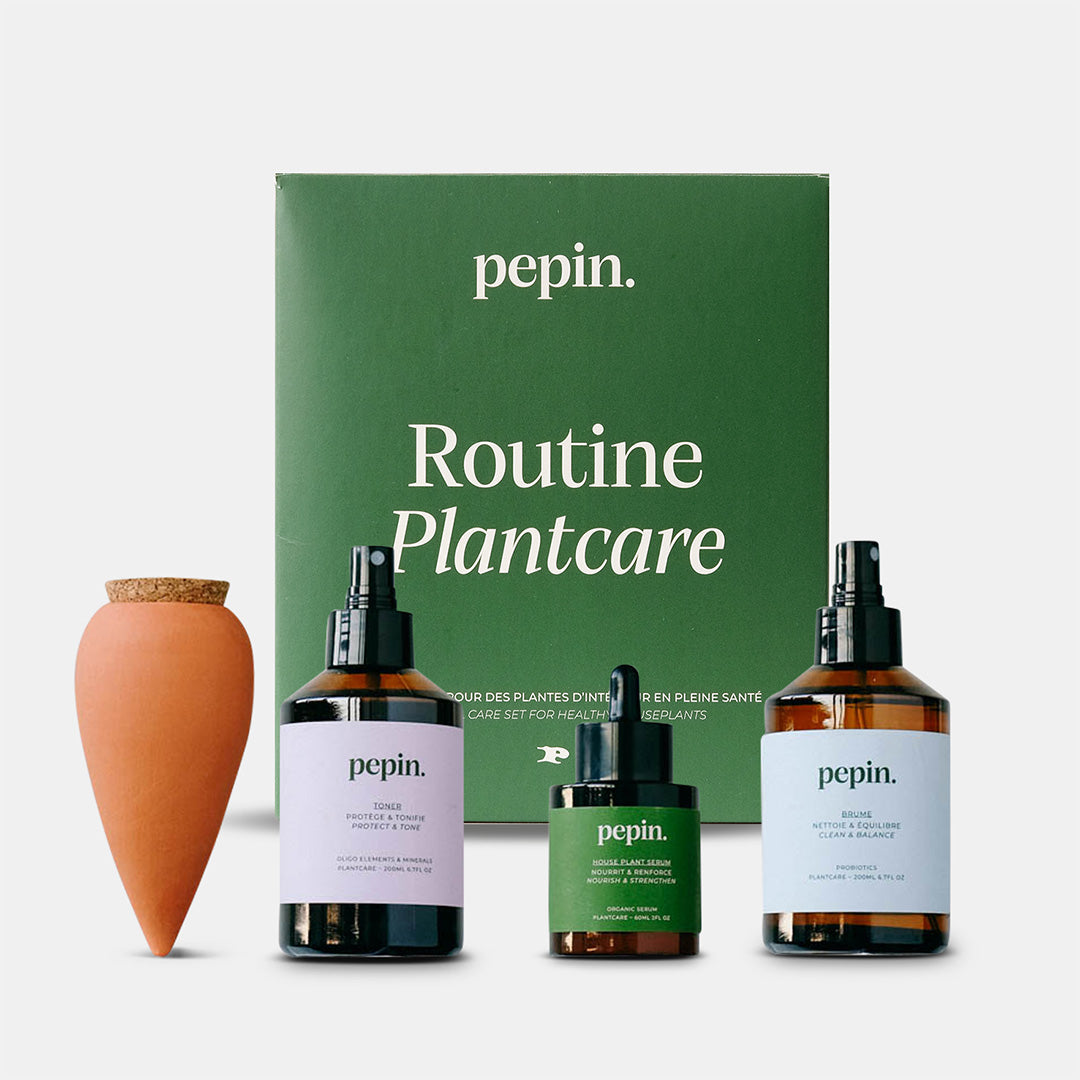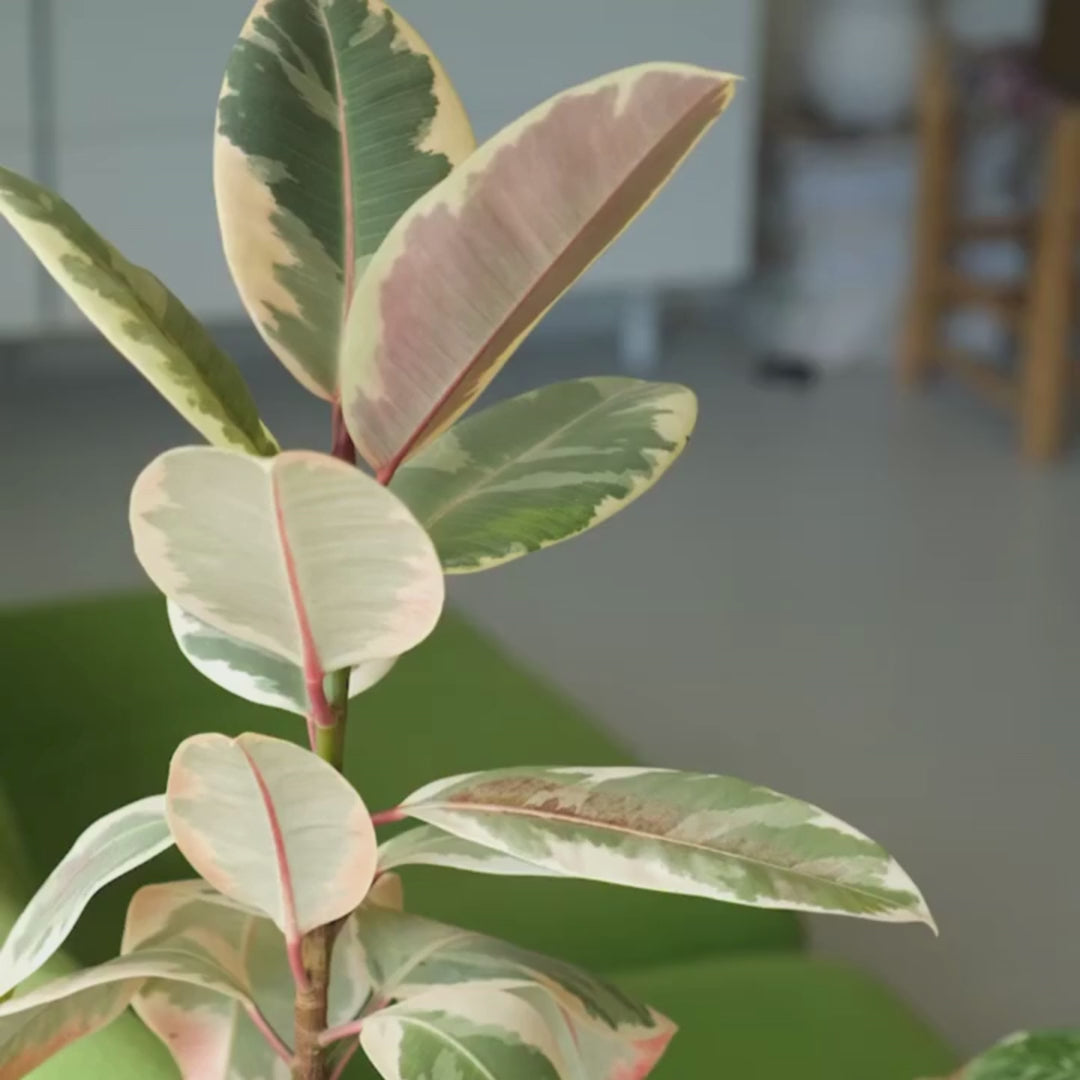Houseplants often do not receive optimal lighting in our interiors, even if they seem bright to us. It must be said that they do not have quite the same perception of light as we do, and that it is particularly vital for them.
Why is light essential for houseplants?
The importance of photosynthesis
Most plants need a minimum of light so that the photosynthesis process that allows them to live and develop can take place. This complex process transforms light energy into chemical energy, thus producing the sugars necessary for their growth. Thanks to photosynthesis, the foliage displays its vibrant color, and the plants can grow healthily and vigorously.
Signs of lack of light
Indoor plants are often lacking in this essential element, because the light intensity is very low, although our eyes do not realize it. A houseplant that does not have enough light will wither , that is to say its stems will stretch more than normal in search of this light, thus displaying a length “ abnormal”, directed more or less directly towards the light source in the room.
It will show a major lack of vigor and a slowdown or even a halt in development . Flowering plants no longer flower or only rarely, the new leaves are increasingly smaller, yellow or pale, and fall prematurely. The risk of root rot increases if watering does not correspond to its needs, because it is under the action of light that the plant absorbs water. Pests are often more numerous because the plant is weakened.
How to optimize light for your indoor plants?
Move the plant and rotate regularly
To help your plants get more light, move them near a light source. Turning the plant regularly allows all sides to benefit from as much light, make it ¼ turn per week. This prevents the plant from growing asymmetrically and ensures uniform growth.
Tips for maximizing natural light
Do not leave the curtains closed during the day , especially in winter when there is a particular lack of light. The dust that gradually settles on the leaves acts as a screen and reduces the efficiency of photosynthesis. Clean the foliage as soon as necessary with a soft, damp cloth.
Light walls and mirrors can help bounce light back into the room. By placing your plants near reflective surfaces, you increase the light intensity they receive. Indoor plants also benefit from installing artificial lights.
Managing excess light
Recognize the signs of too much light
Conversely, some houseplants are overexposed to light , which is also not beneficial for them. The signs that should alert you are the following: the leaves become deformed, they tense or undulate, they become pale, they are marked with dry, brown spots. Excessive light can burn the leaves and damage the plant in the long term.
Adjust light exposure
After moving the plant away from the window, remove any brown parts from the plant. You can also filter the light with a relatively thick curtain or install blinds . This allows you to modulate the light intensity and protect the plant from direct sunlight. Hydrate the plant well, without drowning it , to compensate for the stress caused by excess light.
Natural light or artificial light
Benefits of natural light
It is generally recommended to install indoor plants near a window. However, they do not like being in direct sunlight, especially behind glass, because its rays could burn the leaves.
For good lighting, keep a filter (blind, curtain, etc.) on your windows on sunny days or move the plants a little away (20 to 30 cm) if they face south or west. Natural light is often sufficient for plants that do not have overly demanding light requirements.
Use artificial light
Artificial light can be used in addition to natural light or as the sole source of light. However, not all artificial lights are equal for plants.
These have three types of photoreceptors:
- Phytochromes : sensitive to red light, they are essential for germination, chlorophyll formation, and flowering.
- Phototropins : sensitive to blue light, they adapt the “shape” of the plant to capture the maximum possible light.
- Cryptochromes : sensitive to blue and ultraviolet light, they influence the growth of stems and leaves, as well as flowering.
Not all indoor plants have the same light requirements, determined by their natural environment. For example, cacti living in deserts need maximum sunlight, while ferns, living in forests, prefer light filtered by trees.
Adapt lighting to each type of plant
Plants that love direct sun
Plants such as ficus, beaucarnea or phoenix, as well as succulents or carnivorous plants, like direct sun and should be placed near a south-facing window. These plants require approximately 16 to 18 hours of lighting per day.
Plants preferring indirect light
Plants such as spatiphyllum, cycad, and schefflera prefer a western exposure, very bright but without direct sun or at the very end of the day when it is mildest . They need 12 to 14 hours of daily lighting on average.
Plants tolerant of partial shade
Plants with green foliage such as asparagus, anthurium, ivy, and aglaonema generally require less light and will be installed in the north. Those that appreciate light sun, such as the kentia, the philodendron or even the alocasia, prefer a location behind an east-facing window.
The light needs of indoor plants are conditioned by their natural environment. It is crucial to arrange lighting according to these specific needs to ensure their health and growth.
Artificial lighting is an effective solution to compensate for deficiencies in natural light, making it possible to meet the requirements of different varieties of indoor plants.
By following these tips, you can create an optimal environment for your plants, helping them to flourish fully in your home.🌿
💌To receive more exclusive advice and special offers, subscribe to our newsletter and stay connected with our passionate Plantcare community.


